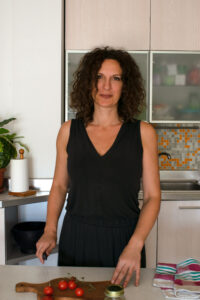Classic Italian Meal Structure

Meat the Classic Italian Meal Structure, told by those who live in Italy!
Italy’s traditional meals often consisted of 4 or 5 courses. Meals tend to be longer than in other cultures because, especially on weekends, they are frequently considered as an opportunity to spend time with loved ones and friends rather than just as a means of subsistence. Festivities like Christmas and New Year’s Eve often feature lengthy feasts.
Full-course meals are now typically only served at exceptional occasions like weddings, whereas regular meals only consist of a first or second course (sometimes both), a side dish, and coffee. Typically, the first course (Primo) is a hearty meal like risotto or pasta with a meat, vegetable, or seafood-based sauce. In the second course (Secondo), whole pieces of meat like sausages, meatballs, and chicken are consumed. Some single-course dinners (Piatto Unico) in Italian cuisine combine proteins and starches.
Daytime Meal Structure
Although it still frequently consists of breakfast (colazione), lunch (pranzo), and dinner (cena), the classic Italian meal structure is distinctive of the European Mediterranean region and differs from North, Central, and Eastern European meal structures. But compared to non-Mediterranean Western nations, breakfast is given far less importance and is frequently missed or served with smaller meal portions. This meal plan also frequently includes Merenda, a late-morning and mid-afternoon snacks.
Breakfast (Colazione)
Italian breakfast is usually sweet and can be eaten at home or in a café. The coffee (Espresso, prepared in a Moka pot or in a Coffee Machine), Cappuccino or milk and baked goods, such as shortbread or slices of bread, are served with jam, butter, honey, or chocolate-hazelnut spread. Fruit juice can be substituted for milk. There may be more baked goods available on special occasions such as holidays or Sundays, including cake, pies or pastries, or regional specialties.
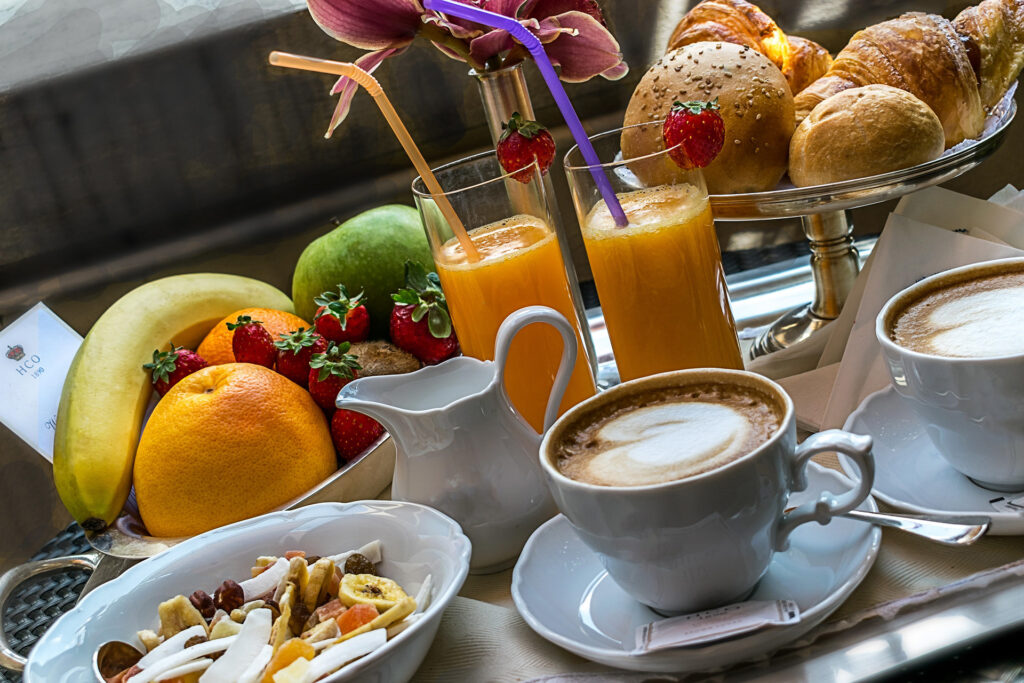
The savory breakfast is less common, but still not unheard of. It can be made with focaccia, which can vary depending on region, or just homemade bread seasoned with tomato slices, extra virgin olive oils, and salami.
Lunch (Pranzo)
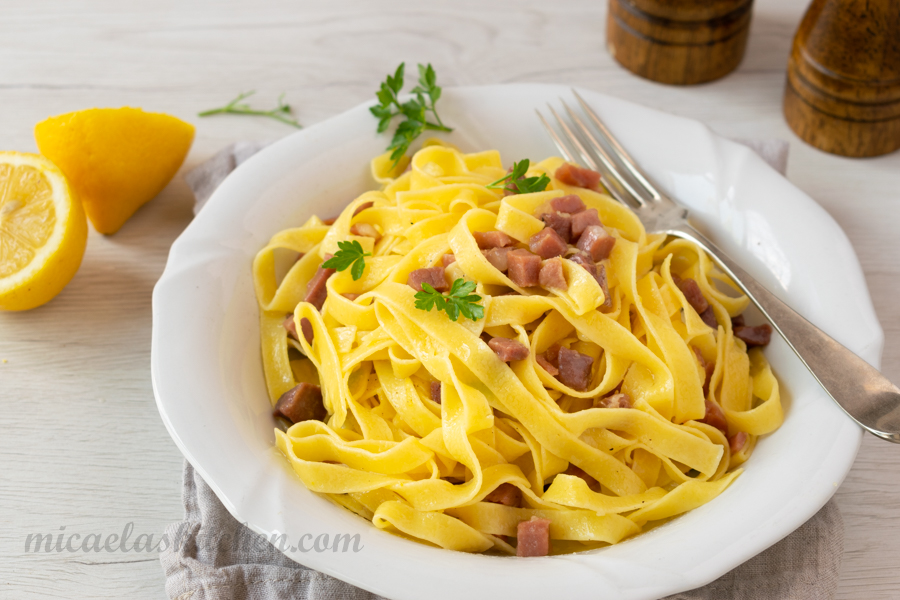
The Italian culture considers Lunch to be the most important meal. It is composed of four main courses:
- A first course (Primo), which is usually a dish made of pasta, risotto or rice, polenta or legumes.
- A second course (Secondo), consisting of meat, fish, dairy (such as cheese), or eggs, served in different ways.
- A side dish of raw or cooked vegetable, which is served with the second dish.
- Bread.
- As a conclusion, fruit.
- Coffee. In Italy, it is customary to end a meal (especially lunch) with an espresso or a caffe moka.
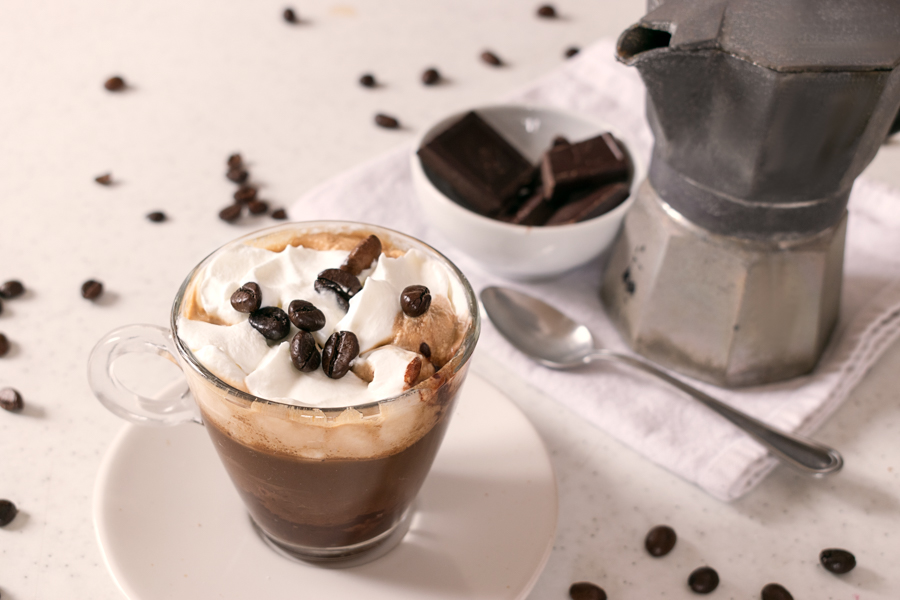
There are 4 additional courses for Formal Meals or special occasions such as holidays or anniversaries.
- Aperitivo: It is similar to an appetizer. Most people gather around standing up and have alcoholic/non-alcoholic drinks such as Wine, Prosecco, Spritz.
- Antipasto: It is an appetizer. It is a small course that is served cold or warm to whet your appetite. It is usually composed of salami, sausages, cheeses or dairy products, vegetables (cooked or raw), or seafood preparations.
- Dessert: A dessert is the perfect way to end your meal.
- Digestive: This is also called “ammazzacaffe”, which is a local liqueur that can be sweet or bitter.
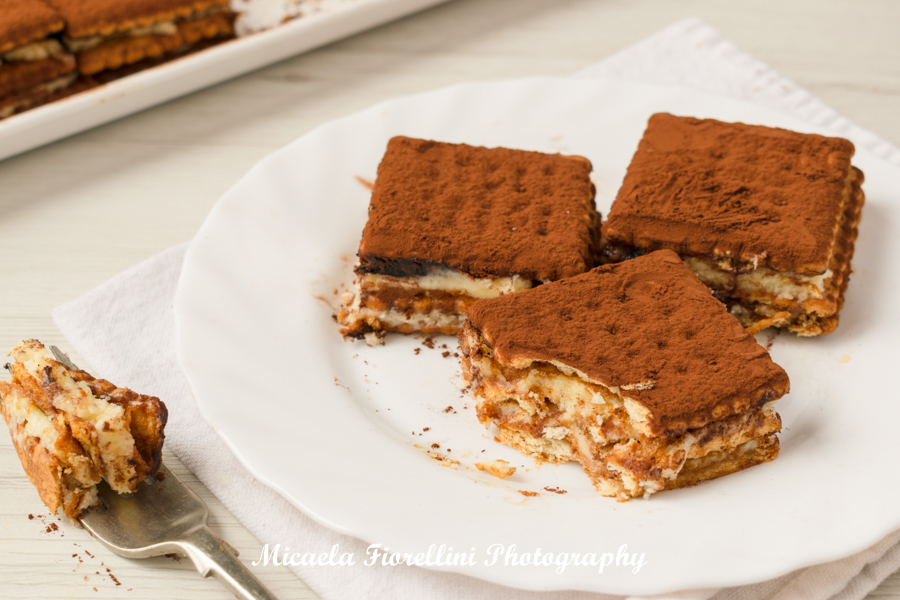
NOTE: The wine often forms part of a meal. This is especially true during the lunch or dinner.
Snack (Merenda)
Merenda isn’t a meal, but a snack eaten in the middle of the day (around 10:00 a.m. or 5:00 p.m.). The typical light lunch is fresh fruit, bread with jam or chocolate spread, yogurt, crackers or nuts. But in the summer, it may also include ice cream. This is a common practice among children, although it is not limited to them.
Supper or Dinner (Cena)
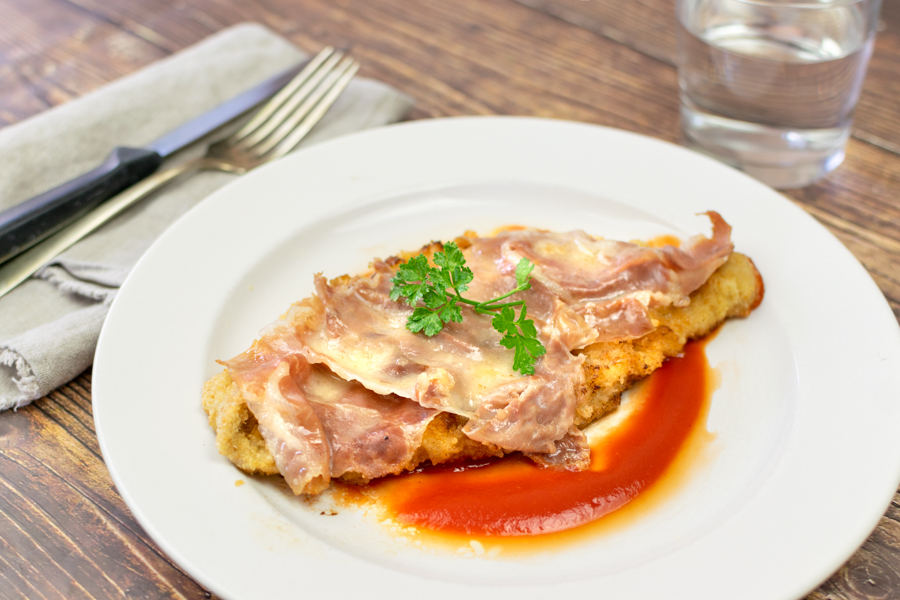
It is the second main meal in the day, after lunch. In most regions of Italy, Cena follows the structure of Lunch but without the first courses.
Classic Italian Meal Structure: One Dish Meal (Piatto Unico)
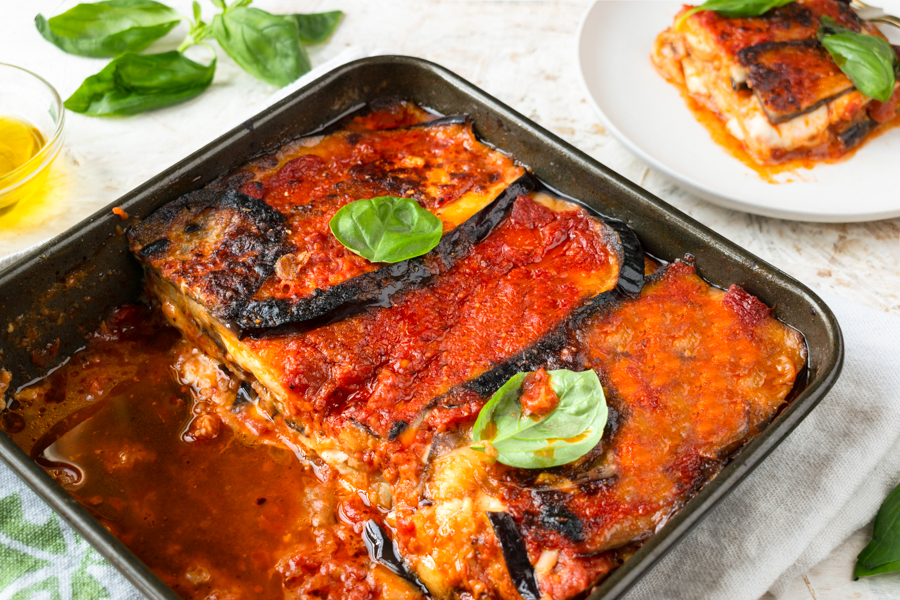
Despite the structure of the meals, today many Italian families opt for a Piatto Unico for lunch or dinner, which allows them to spend less time in the kitchen and also at the table. The full meal is reserved for holidays. The single dish includes carbohydrates, proteins and vegetables. A rich, savory pie with vegetables and sausage could be an example. Or a pizza made with ham and veggies.




